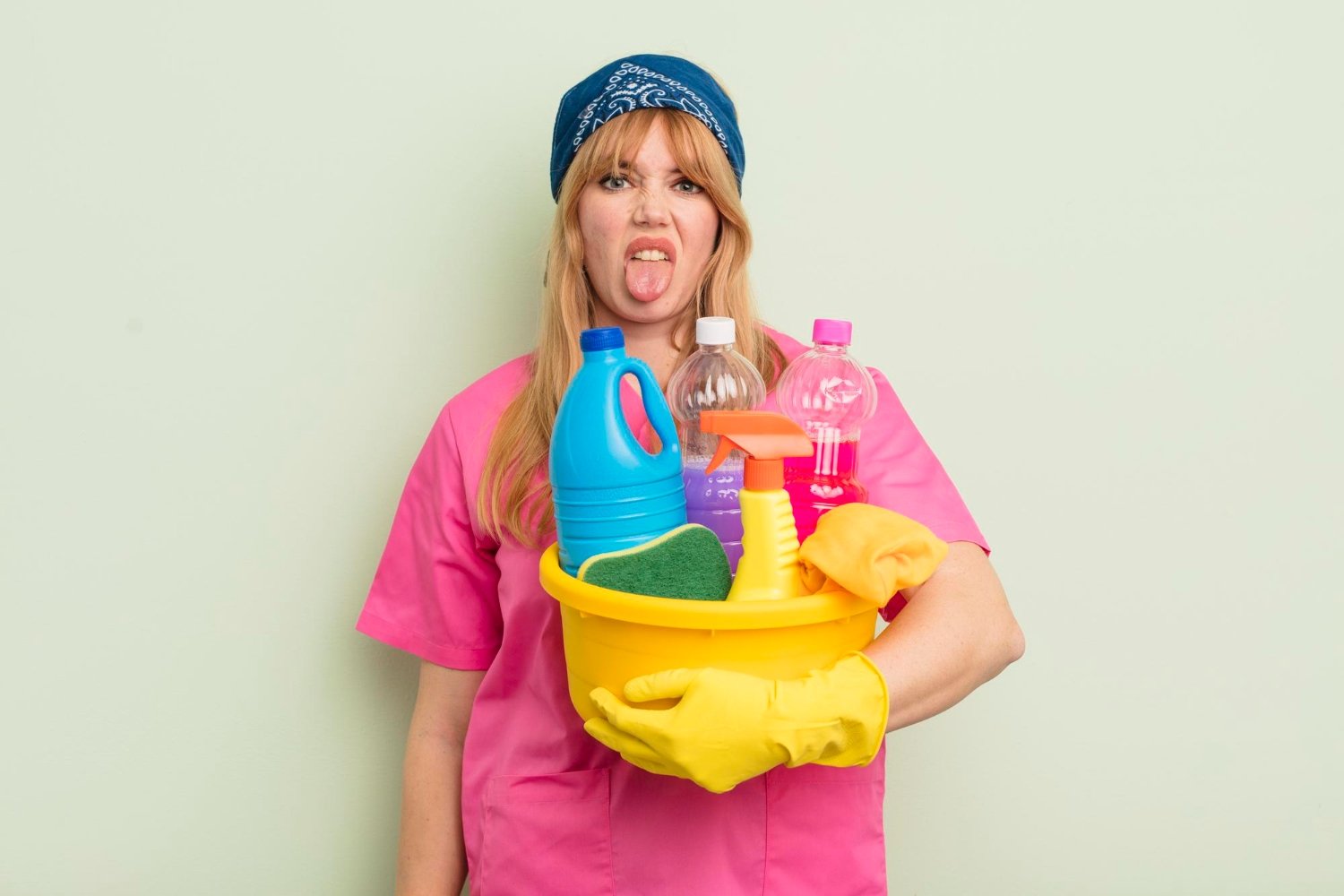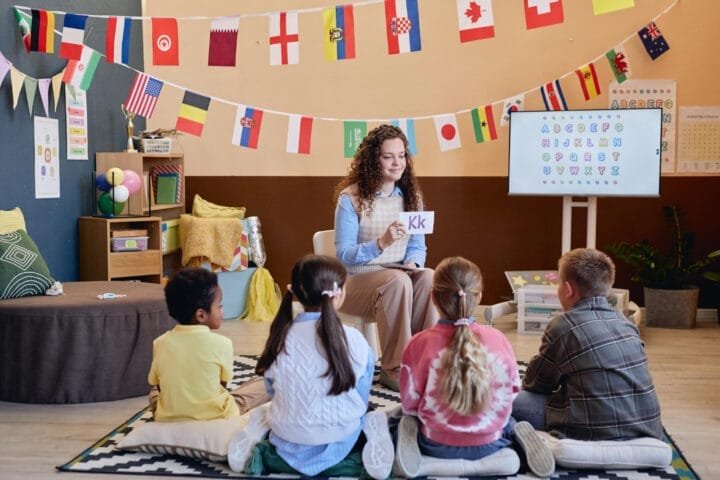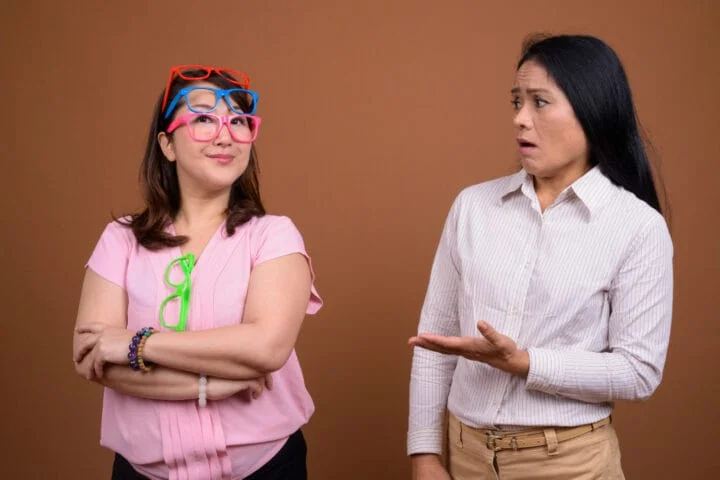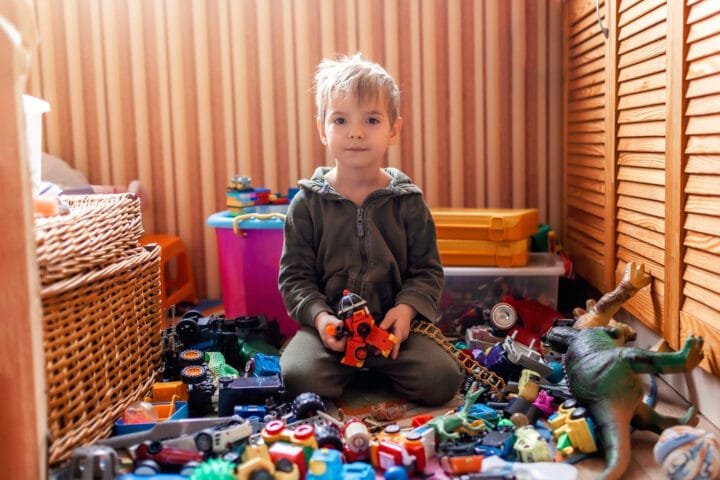The Ultimate Parent’s Guide to Choosing the Right Sunscreen for Kids
Unlock the secret to keeping your child’s skin safe while they soak up the sun!
As a mother of two boisterous children, I have had my share of battles over sunscreen. Imagine this: a bright Saturday morning, and my youngest is wriggling like a worm in my arms while I try to put sunscreen on his face. “It stings!” he yells while my eldest is already halfway down the driveway, sure that he doesn’t need it. Do you relate?
But here is the catch—after a nasty sunburn on a family beach trip, I finally understood that sunscreen is not just another item to be ticked off on the to-do list. It is an unavoidable means to keep our kids safe. And with the multitude of choices available, the task of finding the right one becomes a daunting challenge. That’s why I have come up with this guide—it will assist you in traversing the arena of sunscreens and making educated decisions for your family.
The Importance of Sunscreen for Children
Let’s be honest: children are outdoor lovers. They could be making sandcastles at the beach, playing tag in the park, or just running about in the backyard, but through it all, sunshine is in the mix. And yet, the fun that kids have does not just come at a cost; they also should learn to fulfill a serious assignment-protecting their tender skin from the hazards of UV rays.
One blistering sunburn during childhood can more than double the chance of developing melanoma in adulthood. This is a scary reality, says the Skin Cancer Foundation. And while we can’t keep our kids in a bubble (believe me, I’ve tried), we can eliminate their exposure to harmful rays.
Overview of Skin Protection and Health Risks
Sunscreen isn’t just about preventing sunburns. It’s about safeguarding our children’s skin from long-term damage. UVA and UVB rays are the two types of ultraviolet radiation that reach the earth’s surface.
- UVB rays are the primary cause of sunburn and play a significant role in developing skin cancer.
- UVA rays penetrate deeper into the skin, causing premature aging wrinkles and contributing to skin cancer.
A good sunscreen protects against both types of rays, offering broad-spectrum protection. But with so many products on the market, how do you know which one is right for your child?
Common Concerns Parents Have
If you’ve ever stood in the sunscreen aisle, staring at rows of bottles and wondering, “What’s the difference between SPF 30 and SPF 50?” or “Is this safe for my baby?”—you’re not alone.
Here are some of the most common questions parents have:
- Is sunscreen safe for infants?
- What ingredients should I avoid?
- How often do I need to reapply?
Let’s tackle these questions one by one and break down everything you need to know about choosing the right sunscreen for your kids.
1. Understanding Sunscreen Basics
1.1 What Is Sunscreen?
At its core, sunscreen is a product designed to protect the skin from the sun’s ultraviolet (UV) radiation. But not all sunscreens are created equal. There are two main types:
- Chemical Sunscreens: These contain organic compounds like oxybenzone and avobenzone, which absorb UV rays, convert them into heat, and release them from the skin.
- Physical Sunscreens: Also known as mineral sunscreens, these use natural minerals like zinc oxide and titanium dioxide to block and reflect UV rays away from the skin physically.
Fun Fact: Physical sunscreens used to leave a noticeable white cast, but modern formulations have come a long way. Many now blend seamlessly into the skin, making them a favorite among parents.
1.2 How Sunscreen Works
SPF (Sun Protection Factor)
SPF measures how well a sunscreen can protect skin from UVB rays, the kind that causes sunburn. For example, if your skin typically starts to redden after 10 minutes in the sun, an SPF 30 sunscreen theoretically allows you to stay in the sun 30 times longer without burning.
But here’s the catch: no sunscreen blocks 100% of UVB rays.
- SPF 15: Blocks about 93% of UVB rays.
- SPF 30: Blocks around 97%.
- SPF 50: Blocks about 98%.
So, while higher SPF offers slightly more protection, the difference between SPF 30 and SPF 50 is minimal. What’s more important is applying enough sunscreen and reapplying regularly.
UVA vs. UVB Rays and Their Effects on Skin
- UVB Rays: These affect the skin’s outer layer and are the primary cause of sunburn. They also play a significant role in developing skin cancer.
- UVA Rays: These penetrate deeper into the skin, causing premature aging wrinkles and contributing to skin cancer.
A broad-spectrum sunscreen protects against both UVA and UVB rays, offering comprehensive skin protection.
2. Key Factors to Consider When Choosing Sunscreen
2.1 Age Appropriateness
Recommended Age for Sunscreen Use
- Infants Under 6 Months: Their skin is incredibly delicate and more prone to absorbing chemicals. The American Academy of Pediatrics advises keeping infants out of direct sunlight rather than using sunscreen. If sun exposure is unavoidable, use a small amount of physical sunscreen on exposed areas like the face and hands.
- Babies Over 6 Months: Safe to use sunscreen, preferably physical sunscreens with gentle formulations.
Differences in Formulations for Babies vs. Older Children
- Baby Sunscreens: These are typically free from fragrances, dyes, and harsh chemicals to minimize irritation.
- Children’s Sunscreens: These may have added colors or scents but are still formulated with sensitive skin in mind.
Personal Tip: When my eldest was a toddler, we found that baby sunscreens caused fewer flare-ups with his eczema.
2.2 Ingredients to Look For
Safe and Effective Ingredients
- Zinc Oxide
- Offers broad-spectrum protection.
- Less likely to cause skin irritation.
- Titanium Dioxide
- Another mineral blocker that’s gentle on the skin.
Harmful Ingredients to Avoid
- Oxybenzone
- Linked to hormone disruption.
- Found in nearly 65% of non-mineral sunscreens, according to a 2020 study by the Environmental Working Group (EWG).
- Parabens
- They are used as preservatives but may have potential estrogen-mimicking effects.
- Retinyl Palmitate
- A form of vitamin A that may speed up skin tumor growth when exposed to sunlight.
2.3 Water Resistance and Duration
Importance of Water-Resistant Formulas
Kids love water—whether it’s a pool, sprinkler, or sweaty play. A water-resistant sunscreen ensures lasting protection during swimming or sweaty play.
Recommended Reapplication Frequency
- Water-Resistant Sunscreens: Reapply every 80 minutes if swimming or sweating.
- Regular Activity: At least every two hours or immediately after towel drying.
Statistic: The CDC reports that up to 72% of sun exposure occurs during incidental activities, so reapplication is key!
3. Application Tips for Maximum Effectiveness
3.1 How to Properly Apply Sunscreen
Step-by-Step Application Guide
- Apply Generously
- Use about an ounce (a shot glass full) for full body coverage.
- Don’t Forget Small Areas
- Ears, backs of knees, tops of feet, and neck are often missed.
- Apply Before Dressing
- This ensures all areas are covered and prevents stains on clothes.
- Use Lip Balm with SPF
- Lips can burn, too!
Common Mistakes to Avoid
- Applying at the Beach: Sunscreen needs time to absorb. Apply at least 15 minutes before sun exposure.
- Using Expired Sunscreen: Check expiration dates; expired products may lose effectiveness.
- Assuming “Water-Resistant” Means Waterproof: No sunscreen is entirely waterproof. Reapplication is necessary.
3.2 When to Apply Sunscreen
Timing for Outdoor Activities
- Morning Outings: UV rays can be intense, even on cloudy days. Always apply regardless of the weather.
- Peak Sun Hours: UV exposure peaks between 10 a.m. and 4 p.m.
Importance of Reapplication After Swimming or Sweating
Even the best water-resistant sunscreens lose efficacy. After that impromptu water balloon fight, reapply!
4. Understanding Special Considerations
4.1 Sensitivity and Allergies
Identifying Skin Sensitivities in Children
- Signs: Redness, itching, or rash after applying sunscreen.
- Action Plan:
- Discontinue use immediately.
- Consult a dermatologist.
Anecdote: When my youngest developed a rash from a popular sunscreen brand, we switched to a hypoallergenic mineral sunscreen. No more rashes, and he didn’t complain about stinging eyes!
Recommendations for Hypoallergenic Options
- Look for labels stating, “for sensitive skin” or “hypoallergenic.”
- Choose fragrance-free products.
4.2 Environmental Impact
Discussion on Reef-Safe Sunscreens
Chemicals like oxybenzone and octinoxate can harm coral reefs.
- Reef-Safe Sunscreens: Free of these harmful chemicals.
- Legislation: Places like Hawaii have banned sunscreens containing reef-damaging ingredients.
Importance of Eco-Friendly Choices
- Biodegradable Packaging: Reduces environmental footprint.
- Supporting Sustainable Brands: Encourages industry-wide change.
Did You Know? Approximately 14,000 tons of sunscreen end up in oceans annually, impacting marine life.
Conclusion
Wrapping up this very detailed guide, it is evident that the selection of sunscreen for your kid is more than just applying the product before heading outdoors. It is learning the science of sun protection, knowing which ingredients are trustworthy, and being cautious of the “how” as well as the “when” to apply it. We have heard the contrast between chemical and physical types of sunscreens, the matter of choosing SPF and broad-spectrum protection effectively, and the need to avoid dangerous ingredients like oxybenzone and parabens. Also, we have dealt with the environmental influence of sunscreen and how to be eco-friendly to protect our kids and the world at the same time.
But it is not all about that; the most critical technical thing is the sense of security that comes from the act of doing all possible things to keep your kid’s skin safe. Sun protection is not just a summer activity; it is an all-year commitment to their health and well-being. Whether it is a beach day, a soccer game, or just a short visit to the park, the time you take to apply sunscreen is really well spent.
Therefore, let’s make sun safety a priority in our families. You may relay stories, exchange tips with other parents, and continue to learn the best ways to protect your children. There is no such thing as “too careful” when it comes to their health.
Here is to happy kids, sunny days, and the self-assurance that comes from knowing you have their back, both literally and figuratively. Let’s keep their skin safe today so they can enjoy a healthier tomorrow.
FAQs
For infants under 6 months, sunscreen isn’t the first line of defense. Their skin is fragile and sensitive, making it more prone to absorbing chemicals. Instead, please keep them in the shade, dress them in lightweight, long-sleeved clothing, and use wide-brimmed hats. If sun exposure is unavoidable, apply a small amount of physical sunscreen (like zinc oxide) to exposed areas like the face and hands. Always consult your pediatrician before using sunscreen on a baby.
Chemical sunscreens absorb UV rays and convert them into heat, while physical (mineral) sunscreens sit on the skin’s surface and reflect UV rays away. Physical sunscreens, made with zinc oxide or titanium dioxide, are generally gentler and better for sensitive skin. They’re also less likely to cause irritation or allergic reactions, making them a favorite for kids.
Reapplication is key! Even water-resistant sunscreens wear off. Reapply every 80 minutes if your child is swimming or sweating and at least every two hours during regular outdoor activities. Don’t forget to reapply after towel drying—water can wash away even the most durable formulas.
Steer clear of oxybenzone, which has been linked to hormone disruption, and parabens, which may mimic estrogen. Also, avoid retinyl palmitate, a form of vitamin A that can speed up skin damage when exposed to sunlight. Instead, look for sunscreens with zinc oxide or titanium dioxide—they’re gentle, effective, and less likely to irritate sensitive skin.
Absolutely! Chemicals like oxybenzone and octinoxate can harm coral reefs and marine life. Reef-safe sunscreens, which avoid these ingredients, are better for the environment and still provide excellent protection. If you’re heading to the beach or planning water activities, opt for a reef-safe formula to protect both your child’s skin and the ocean.
Recommend Books
“The Skin Type Solution: A Revolutionary Guide to Your Best Skin Ever” by Dr. Leslie Baumann
Dr. Baumann’s book assists the readers in identifying their skin type, and in that way, they can customize their skincare routine. For parents, this is especially helpful when purchasing sunscreens for children who suffer from sensitive or allergy-prone skin. It teaches the best way to shield such skin types against the sun’s harsh effects.
This book is a comprehensive guide to eco-friendly parenting, including tips on choosing safe, non-toxic products for babies and kids. It covers everything from organic skincare to eco-conscious sunscreen options, making it an excellent resource for parents who want to protect their kids while being mindful of the environment.
While not directly about sunscreen, this book offers valuable insights into parenting strategies that can help make sun protection a positive, stress-free part of your child’s routine. It’s an excellent read for parents looking to teach their kids healthy habits, including sun safety, in a way that sticks.
“The Safe Baby: A Do-It-Yourself Guide to Home Safety and Healthy Living” by Debra Smiley Holtzman
This book covers a wide range of safety topics for kids, including sun protection. It provides practical advice on how to keep your child safe from environmental hazards, including harmful UV rays. It’s an excellent resource for parents who want to create a safe, healthy environment for their kids, both indoors and outdoors.















































































